
The Bertini GT25
Text and photos by Rob Hawkins
When pressed, automotive stylists will occasionally admit in confidence that basically all car designs are derivative. Down through automotive history, various shapes and styles repeat themselves, largely because they work so well. As just one prominent example, the new Corvette Stingray echoes traits of its namesake predecessor, while exhibiting a profile and proportions that are surprisingly similar to a couple of late-model Ferraris.
So with the Bertini GT25, a new British body conversion, it should come as no surprise that it manifests influences from Jaguar, TVR, and Aston Martin. But could you tell right away what’s underneath this smooth British tailoring?
Cutting to the chase, it’s based on the BMW Z3. Developed by Anthony Cherry, a designer and part time chiropodist and property developer in the U.K., the Bertini panels can be fitted on BMWs in the UK, Europe and the USA.
While we’ve seen a number of donor-car platforms over the years, the BMW Z3 is a fairly rare foundation for a rebody project. It was produced between 1995 and 2002 with engine options including four-cylinder 1.8- and 1.9-liters, and a range of straight-sixes 2.0- to 3.2-liters, mated to a five-speed manual or four-speed automatic gearbox. The under-skin ingredients are perfect for a sports car, with rear wheel drive, disc brakes all round and coil springs and dampers at each corner that can be uprated if required.
Thankfully, second-hand prices for the Z3 are cheap. Tatty examples sell for as little as $1700 (in the U.K., allowing for currency fluctuations) and even the top of the range 321bhp Z3M roadster sells for less than $8400. The 3.0-litre donor that is the basis for the demonstrator seen here cost a mere $3850.
"“I felt I needed to create and style my own car, so I took the plunge and designed the car I wanted—a hybrid of Italian and British styling with the benefits of German engineering, practicality and reliability.”
– Rob Hawkins
A Bertini GT25 conversion starts with removing a number of body panels from a standard Z3. These include the front and rear bumpers, hood, front and rear crash beams, rear wings, trunk lid and all the lights. The factory hood is a vast expanse of steel, which covers the upper section of the front wings, leaving only a small area from the A-post to the front wheel that can be classed as a lower wing or A-panel area. This area isn’t removed, but part covered with fiberglass trim to change its appearance.
All of the panels that need to be removed from a Z3 are simply un-bolted, so there is no cutting or welding involved and the stripped car can still be moved (or even driven a short distance if need be). The only minor surgery involved is a little trimming around the headlights to allow the hood to open.
The new panels that form the Bertini GT25 are all constructed from fiberglass, with inner and outer skins for the hood and trunk lids to help increase rigidity. Looking at them underneath, the shape of the fiberglass replicates the original structure of a metal panel and several people have asked whether the panels are indeed made from steel.
At the front, the Bertini GT25’s one-piece hood is a substantial piece of fiberglass and resin. It uses the Z3’s standard hinges that are mounted below the base of the windscreen, allowing the entire piece to hinge upwards. It includes a set of headlights with indicators (two on each side), which can either be taken from a modern Fiat 500 or a similar aftermarket item. Cherry recommends the aftermarket option as it comes with wires, which can be easily connected to the Z3 loom (original Fiat 500 headlights have no wiring or bulb holders as they are on a separate loom).
The Z3’s headlight and front indicator wiring needs to be lengthened by approximately two yards (wires are supplied in the kit) to be able to re-route it from the original fixed location at the front of the vehicle to underneath the full length of the hood.
It’s only when you lift the hood that you start to understand the structure of the Z3 and how compact it really is. With the front crash beam missing, the Bertini nose knocks a few inches off the front end when compared to a standard Z3. Key components such as the crash panel, inner wings and chassis legs remain untouched.
At present, fitting the hood requires a kit builder or a body shop to measure the best location for the lights, hood hinges and release catch before bonding them in position. This is a difficult aspect to incorporate in production, but Cherry plans to find a suitable answer in the near future to save on the build time.
Other parts to fit at the front include some trim panels that are bonded over the standard panels between the A-posts and front wheels. This consists of a small piece of fiberglass, which surrounds the original side repeater lens and can be easily secured with a bonding agent.
The doors and windshield remain untouched, allowing a standard top to be used on the GT25 with leak-free electric windows. At the back, a fiberglass wraparound rear clam makes up the wings, rear panel and bumper. This unit is bolted in several places, including down the B-posts and inside the trunk, using the original wing mounting points.
The trunk lid includes a Z3 high-level third brake light and is hinged using the original Z3 hinges. Perhaps the most intriguing aspect of the rear is the lights. Anyone with a keen eye will probably recognize the Porsche 911 traits, but the height of the light units is smaller because they have been chopped down.
Just like the nose of the GT25 loses a few inches off the length of the base car, the rear clam loses a few more. Consequently, a standard exhaust system cannot be fitted, but Cherry has tried running the demonstrator without any rear silencers, relying on the standard system’s cat with straight through pipes to the rear. The results are hardly catastrophic, with a meaty but not intolerable burble from the straight six engine that is civilized at highway speeds.
"On the road, the GT25 provides a sure-footed, but refined ride quality. Potholes and bumps don’t need to be avoided as the suspension soaks them up without complaint. Similarly, throwing the car around corners doesn’t worry the handling.
– Rob Hawkins
For a first attempt at car design, you have to admit that Anthony Cherry has got it right and he undoubtedly has an eye for flowing lines. Engaging the services of a bodyshop/fabricator called Whitspeed that specializes in Mk1 Ford Escorts, Cherry handed over his road-legal Z3 and asked this firm to use the original hood and rear panels to help form the buck for the molds. This process involved using small sections of other car panels including Jaguar D-Type, Fiat 500, Vauxhall Corsa and Jaguar XK stitched together like a patchwork quilt, before shaping and sanding them to create the sweeping curves seen here.
So there’s surely no denying the GT25 demonstrator looks stunning, but what about the ride quality? Stiffer suspension bushings, lowered springs and aftermarket dampers could be a recipe for disaster. Thankfully they are not and a credit to the likes of Eibach and Bilstein suspension components, which don’t come cheap, but you can’t get something for nothing and a few extra dollars per corner to keep your fillings intact is money well spent.
On the road, the GT25 provides a sure-footed, but refined ride quality. Potholes and bumps don’t need to be avoided as the suspension soaks them up without complaint. Similarly, throwing the car around corners doesn’t worry the handling. And the sound and performance of the 3.0-liter straight six is music to your ears. It may only have 231 bhp at the flywheel, but it’s more than enough for exhilarating acceleration that sees a standard car reach 60 mph from stationary in 5.8 seconds (and Cherry reckons the GT25 is nearly 90 pounds lighter).
At present, the GT25 kit is priced at less than $6300 (shipping not included) with various stages of build being available. Turnkey conversions start from $21,700 and there are hopes to engage a number of build agents around the UK and the world who can be called upon to help. Fitting time is estimated at around 40 hours, depending on the level of finish required.
The Bertini GT25 is one of the kit industry’s simplest offerings in terms of what’s involved to create such a car. There are only a handful of panels to unbolt and some very minor modifications. Most of the work involved concerns panel alignment with a minimal amount of non-structural bonding. All of which makes for simple combo dish of both British bangers and German bratwurst—plus a bit of Italian seasoning.


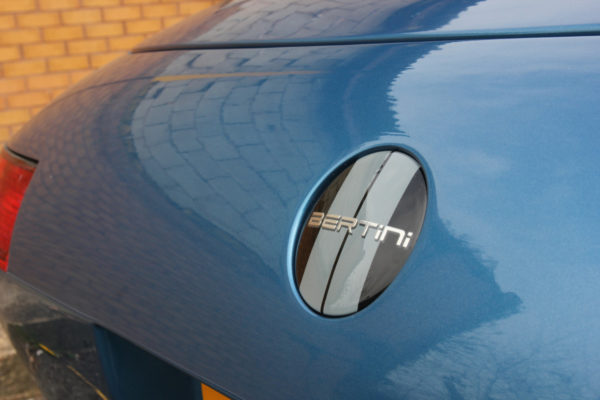
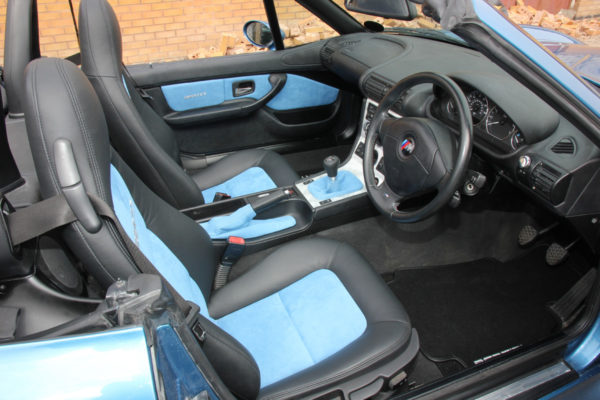
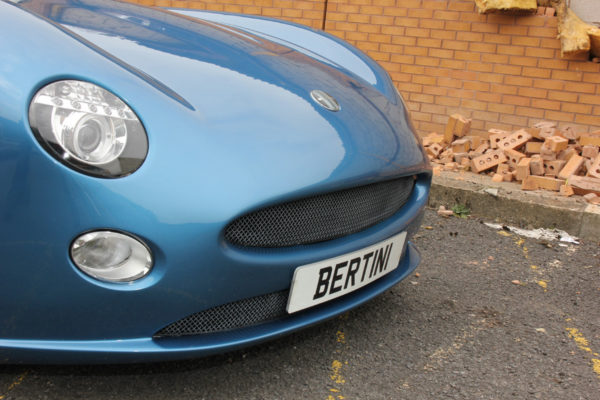
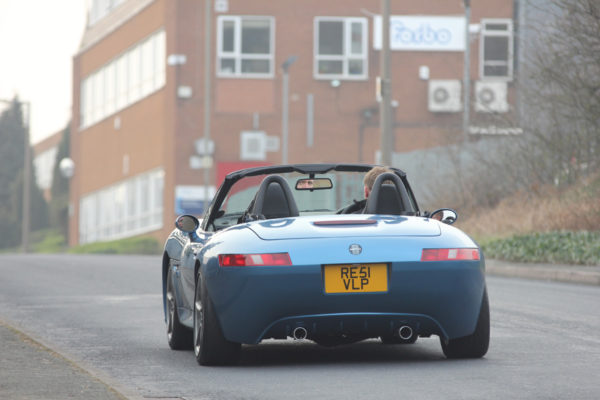
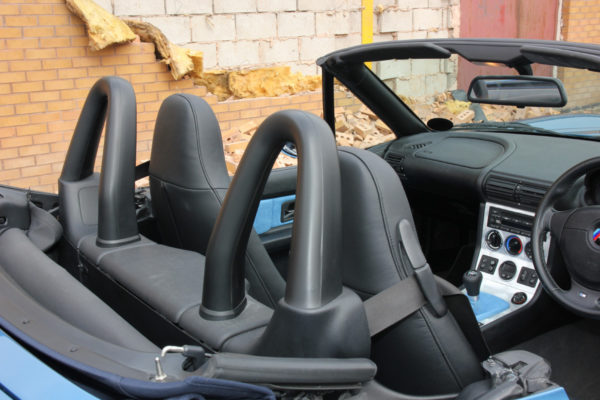
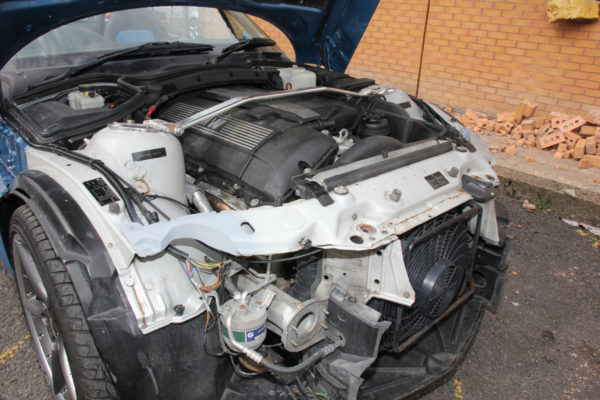
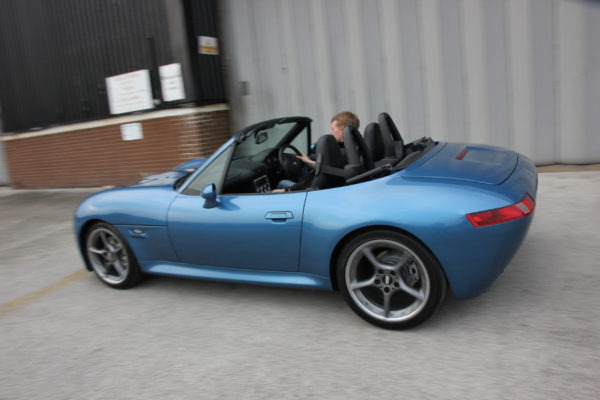
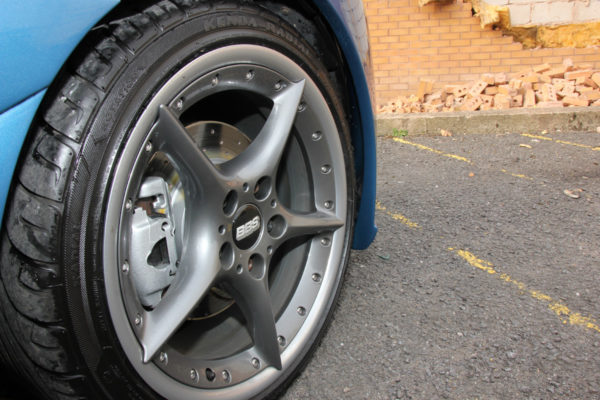
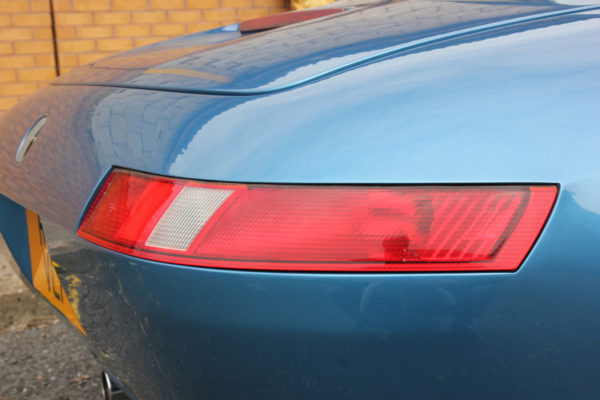



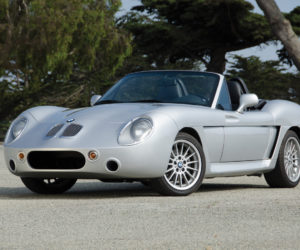
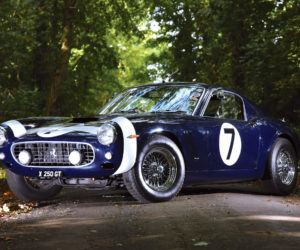
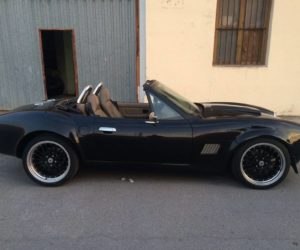




Comments for: BANGERS AND BRATWURST
comments powered by Disqus